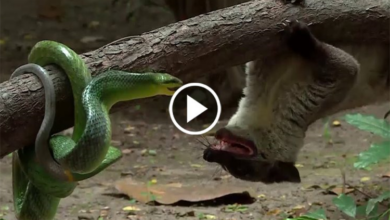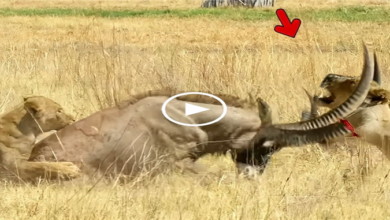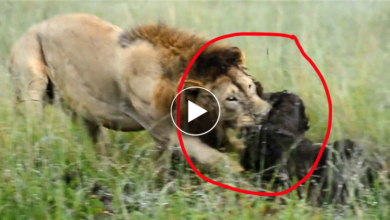The monkey ‘midwives’: Scientists capture incredible moment primates help their companion give birth

Midwives can play a critical role in bringing a newborn baby into the world, and according to researchers, that doesn’t just apply to humans.
After decades of observation, researchers have now witnessed the daytime birth of a wild golden snub-nosed monkey – and the mother had help from a ‘midwife’ the entire time.

The rare sight has given researchers the opportunity to study the social factors involved in the births of these Chinese primates, and suggests monkey midwives may not be all that uncommon in the wild.
Monkeys typically give birth at night, as the cover of darkness leaves them less vulnerable than the exposure of the daytime light.

This means that witnessing such an event is a rare occasion, the BBC explains.
In a paper published to the journal Primates, the team explains the significance of the recent findings.
‘Daytime births offer the researcher better observational conditions (particularly visual) than nighttime births, allowing the birth process and interactions between parturient, neonate, and other individual to be more easily documented,’ the authors write.
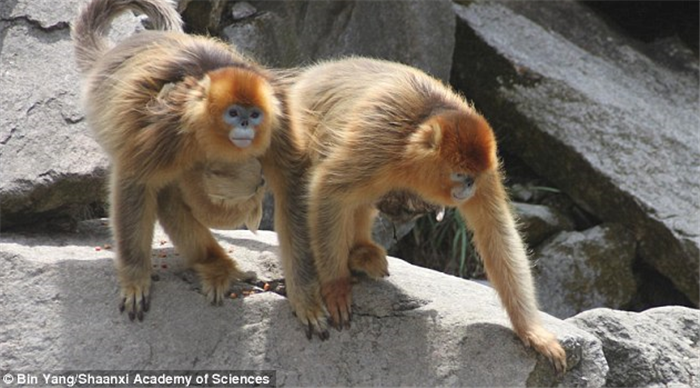
‘Studying daytime births can provide better understanding of the set of social and environmental factors, as well as the role of maternal experience, in influencing the birth process.’
Monkeys typically give birth at night, as the cover of darkness leaves them less vulnerable than the exposure of the daytime light.
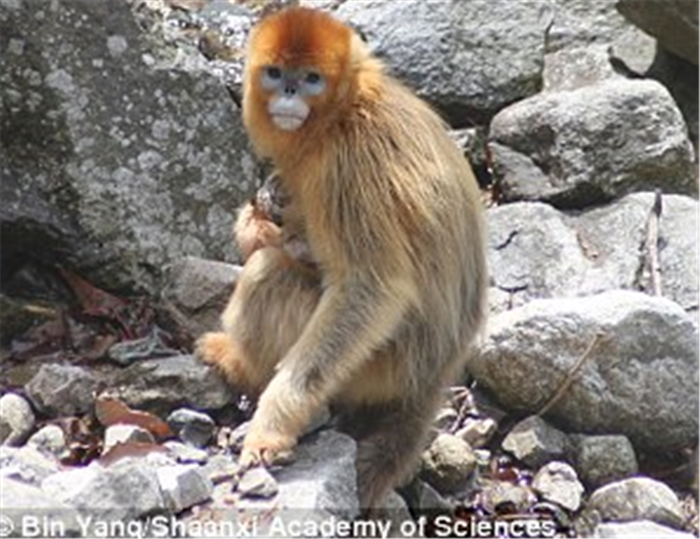
This means that witnessing such an event is a rare occasion, the BBC explains.
In a paper published to the journal Primates, the team explains the significance of the recent findings.
‘Daytime births offer the researcher better observational conditions (particularly visual) than nighttime births, allowing the birth process and interactions between parturient, neonate, and other individual to be more easily documented,’ the authors write.
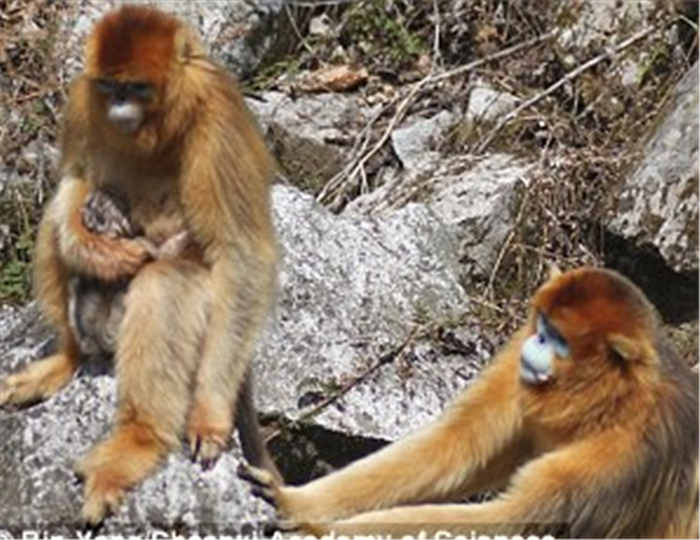
‘Studying daytime births can provide better understanding of the set of social and environmental factors, as well as the role of maternal experience, in influencing the birth process.’
Once the baby had been fed and cleaned, the midwife was given a chance to hold and lick the baby too.
One other female was allowed to hold the baby as well, but not until 77 minutes after it had been born.
When another female tried to step in and hold the newborn, she was rejected.
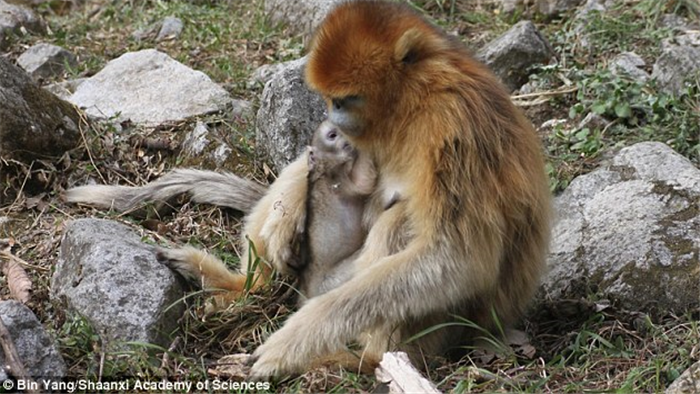
This isn’t the first instance of monkeys directly helping another give birth, BBC explains.
It’s previously been observed in a langur monkey and a black-and-white snub-nosed monkey, and the researchers say this type of assistance may be common.
But, as most monkey-births take place at night, such observations are so far limited.
The researchers say witnessing an event like this one can help broaden the understanding on the primate maternal experience.

